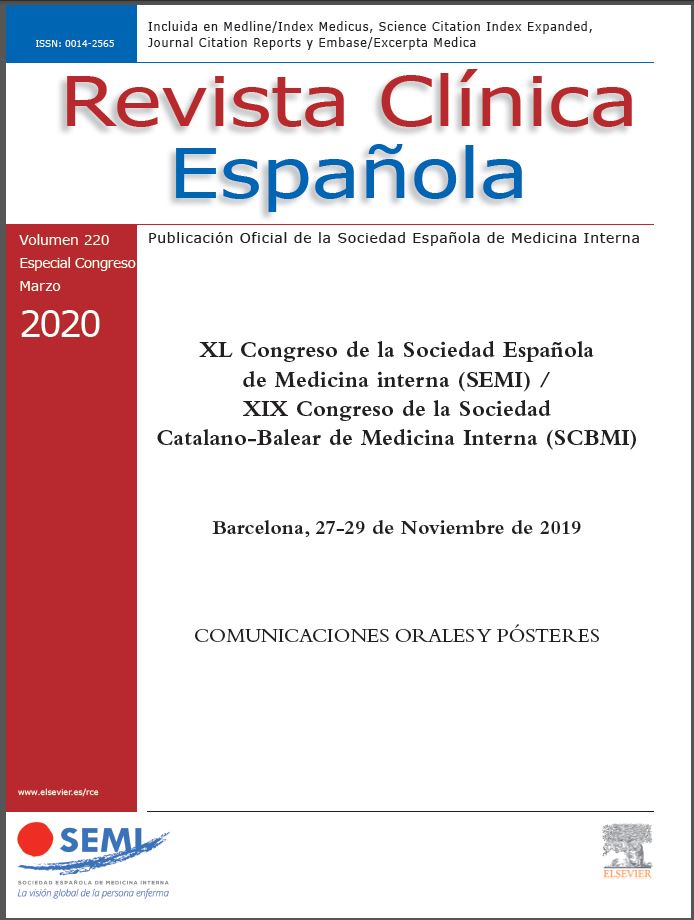EM-017 - SKIN AND ARTERIAL WALL DEPOSITS OF 18F-NAF IN PATIENTS WITH PSEUDOXANTHOMA ELASTICUM IN RELATION TO SEVERITY OF DISEASE
1Medicina Interna. Hospital Virgen de la Victoria. Málaga. 2Medicina Nuclear. Fundación de la Universidad de Málaga. Málaga.
Objectives: Pseudoxanthoma elasticum is a genetic disease characterized by calcification of elastin fibers with a slow progression over years. Our aim was to quantify the vascular calcification in the arteries and the deposit of [18F]-NaF in the skin and vessel wall.
Methods: We use PET/CT images to measure: uptake of [18F] NaF and calcium deposits at vascular territories. The uptake of [18F] NaF was also measured at the skinfolds of both sides (neck, axillae, elbow, groin ande popliteal). (TBRmax and TBRmean) and correlate them with the severity of the disease as Phenodex score.
Results: The results showed that vascular calcification was higher at the popliteal, femoral and aortic arch than in other territories; however, the uptake of the radiotracer was higher in the aorta and in the femorals. In the skin, the highest uptake was observed in the neck and in the axillae.
Discussion: There was no significant association between the deposit of [18F]-NaF in arteries or in the skin and the Phenodex Score; by contrast, the association was found between Phenodex and averaged vascular calcium score (p < 0.01). In the neck, we found a trend to have higher uptake of the radiotracer in those patients with more advanced score.
Conclusions: Because the deposit of [18F]-NaF in arteries is physiologic, our data suggest that cutaneous (neck) deposits of [18F]NaF might be used as surrogate endpoint in short-term clinical trials in patients with PXE.
Bibliography
- Rudd JHF, et al. Atherosclerosis Inflammation Imaging with 18F-FDG PET: Carotid, Iliac, and Femoral Uptake Reproducibility, Quantification Methods, and Recommendations: J Nuclear Med. 2008;49:871-8.






